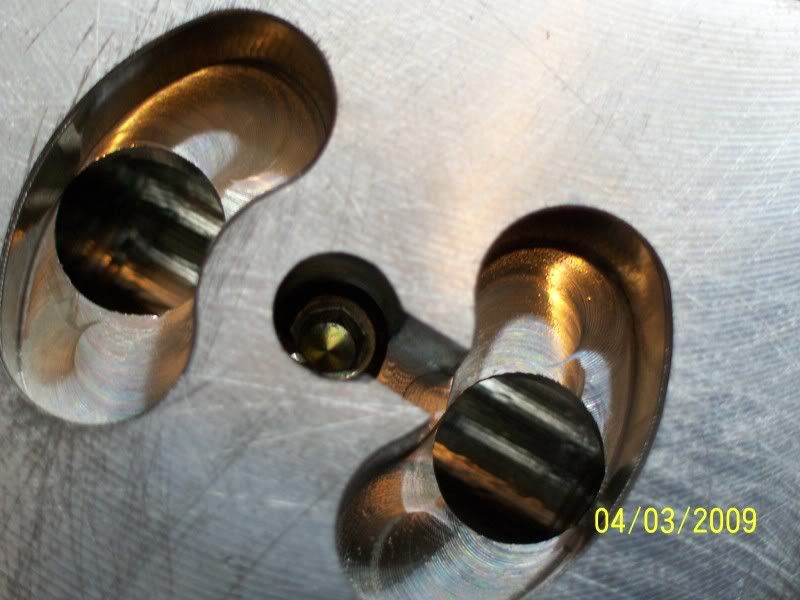fnschlaud4620
New member
- Joined
- Nov 13, 2007
- Messages
- 356
I was just wondering if anyone could explain how this picture works in more detail. I am mostly interested in how the air is separated, does the filter do all of it or is it something special in the housing of the unit?
From this picture it appears fuel enters the filter, and "airless fuel" comes up through the center of the filter to the injection pump. The "airfuel" mix is pushed out of the top filter head opposite of where incoming fuel enters. I would think the pressure relief valve would be on the "airfuel" port returning back to the tank.
Am I correct or am I missing something?

From this picture it appears fuel enters the filter, and "airless fuel" comes up through the center of the filter to the injection pump. The "airfuel" mix is pushed out of the top filter head opposite of where incoming fuel enters. I would think the pressure relief valve would be on the "airfuel" port returning back to the tank.
Am I correct or am I missing something?



